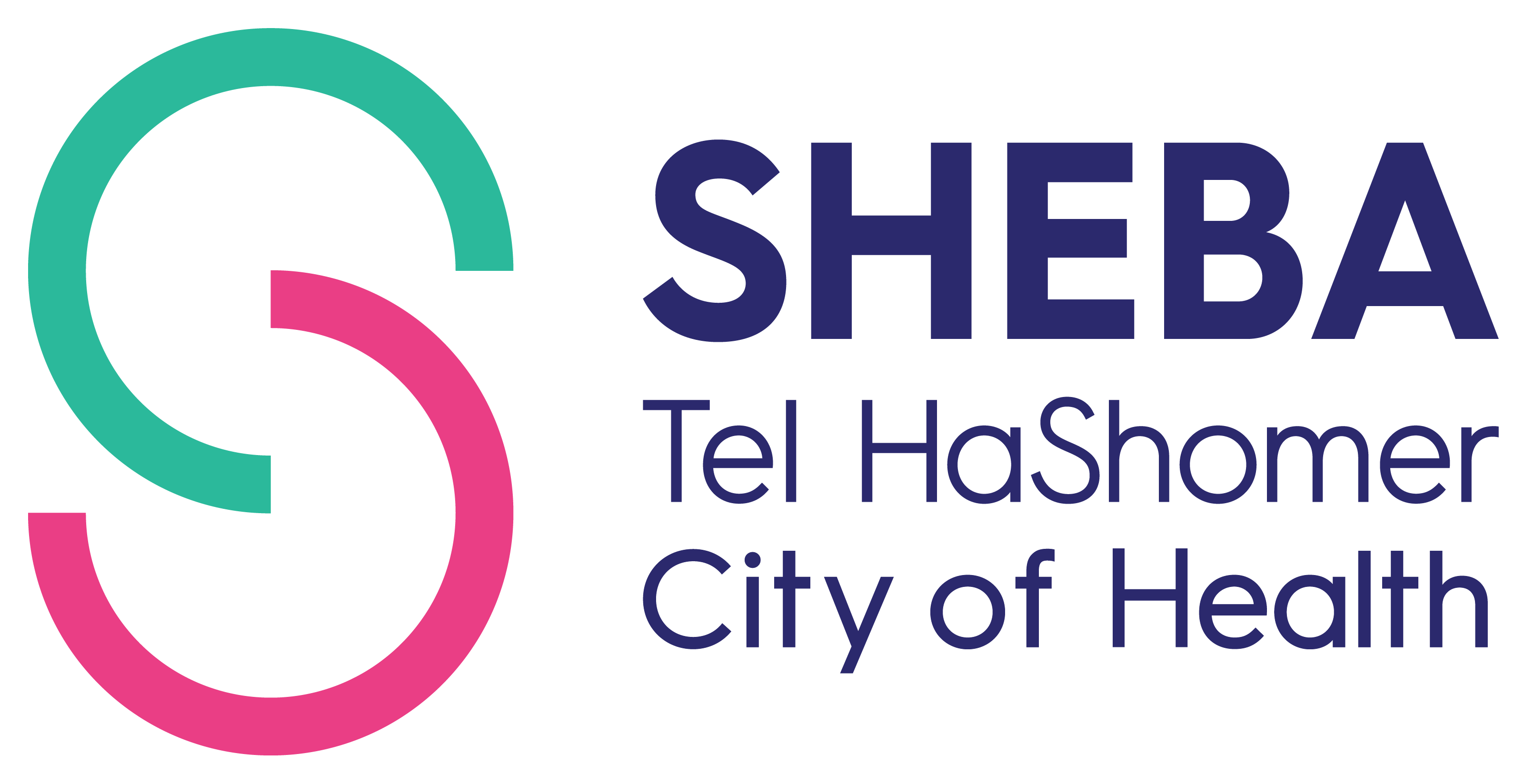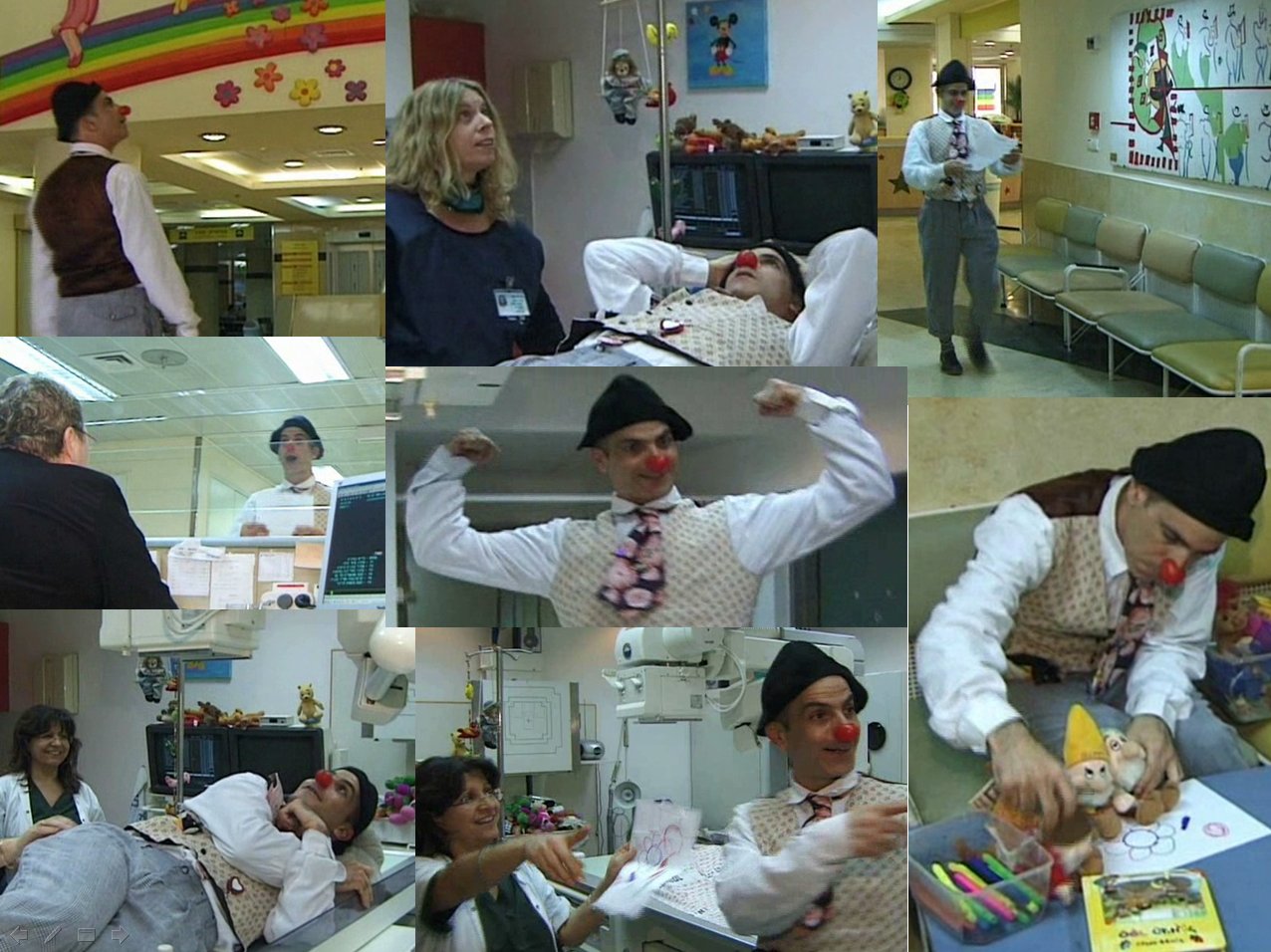Digestive Tract :
Upper GI Series/ Barium Swallow:
The purpose of this examination is to image the upper digestive tract including the esophagus, stomach and duodenum.
The exam is performed to demonstrate abnormalities of the upper GI tract such as excessive vomiting and even some respiratory abnormalities such as congenital stridor, searching for abnormal external pressure on the esophagus and the adjacent trachea or gastro-esophageal reflux.
During this examination, the child is asked to drink a mildly flavored suspension of barium sulfate, an inert thick substance that is cleared by the digestive tract without absorption and is used for diagnostic purposes alone. Additional flavors and sweetening can be added if requested.
While the child is drinking the movement and location of the barium is followed by fluoroscopy, or "X-Ray TV."
During the examination the parent may stay in the room and if the child is small assists in helping the child drink the material.
The examination is short and painless; aside from the presence of the parent no sedative is required.
Stools are usually whitish after this exam.
Preparation for this exam:
No preparation is required. No cleansing enema, rectal exam or even rectal temperature measurement should be taken within 24 hours of this exam.
The Urinary Tract:
Voiding Cystourethrography (VCUG):
The purpose of this examination is to image the urinary bladder and the urethra (The tube that connects the bladder to the outside).
This exam is primarily performed to investigate causes of urinary tract infection (UTI) and abnormal dilatation, or widening, of the urinary tract (hydronephrosis).
The primary purpose of the exam is to exclude or diagnose the presence of vesico-ureteral reflux. It is also performed to investigate a suspicion of bladder outlet obstruction due to valves in the posterior urethra or a stricture anywhere in the urethra.
During the examination a small catheter will be placed into the urinary bladder via the urethra in a sterile fashion using an anesthetic gel.
Sterile iodinated contrast material is then instilled into the bladder with intermittent fluoroscopy, or "X-Ray TV."
Images are obtained and stored of the anatomy and to document abnormalities such as vesico-ureteral reflux.
As the examination progresses the bladder will fill and the child will be asked to void, or urinate. During voiding the catheter is removed and images are taken of the bladder, urethra and if reflux is present, the upper urinary tracts.
What Is Vesico-Ureteral Reflux (VUR)?
VUR is a condition where there is reversal of flow of urine from the bladder up into the ureters and, possibly in to the kidneys. This condition can lead to infection as it allows the urine to remain in the urinary tract for a longer period than normal. In the presence of infection reflux can also spread an infection from the bladder to the kidneys and allow scarring to occur.
When a child has a UTI, an ultrasound examination is performed to demonstrate the anatomy of the urinary tract and a VCUG is also performed to exclude reflux.
Preparation for this exam:
Antibiotic coverage is usually given in Israel for three days: the day before, of and after the exam with the dose according to the instructions of the referring physician.
Over the age of two years, sedation is offered and suggested.
Voiding Cysto-Urethrography with Sedation:
This exam is performed exclusively in the Pediatric Imaging Unit.
Although placement of a catheter in the bladder is not a particularly painful procedure, it is uncomfortable and generates anxiety in a young child before the exam.
The purpose of sedation is to diminish this anxiety, to relax the patient during the exam which will allow the procedure to proceed more smoothly and to provide general amnesia to the event.
The exam is performed under the supervision of a pediatric radiologist who performs the exam and a dedicated pediatric nurse anesthetist appointed by Safra Children's Hospital.
On the day of the exam, the patient will be received by the nurse who will obtain all relevant medical information from the parents.
The parents will be asked to sign a consent form for sedation.
The type and amount of sedation is tailored to the patient's age and personality.
The sedation agents used in our department are:
-
Midazolam (Dormicum or Versed) which is given orally in a syrup, by nasal drops or rectally.
-
The time of onset of the sedation varies with the child and route of administration, usually taking effect in 15-20 minutes and lasting about an hour after it was given.
-
A possible side effect is crying on awaking.
Nitrous Oxide or 'Laughing Gas' administered by mask.
This type of sedation is appropriate with a child who can cooperate by wearing a mask.
The onset of sedation and recovery time is very quick, within minutes.
Under the influence of this sedative the child will appear sleepy and may occasionally smile or laugh, appearing to be dreaming.
Most children when awaking have no memory of the event.
These agents are safely administered with monitoring and under medical supervision and are therefore used primarily in a hospital setting.
The child will be discharged after the procedure when fully awake, responsive and active for his age and is able to drink.
Preparation for this exam:
Fasting for the three hours before the exam, allowing clear liquids such as water or tea up to one hour before the exam.
Antibiotic coverage is usually given in Israel for three days: the day before, of and after the exam with the dose according to the instructions of the referring physician.
General Guidelines for Fasting before Sedation by Age:
|
Age in Years
|
Fast
|
|
0-3
|
3 hours
|
|
3-6
|
4-6 hours
|
|
up to 6
|
After 24:00
|











